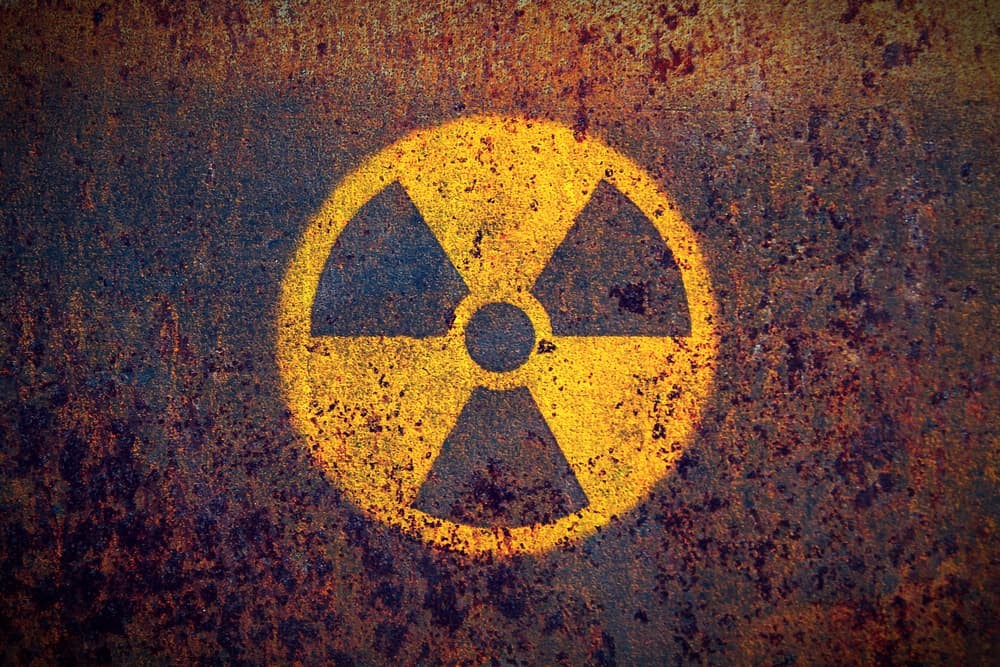The dozen UK locations short-listed as possible sites for a deep underground radioactive waste depository have been named after most were kept secret for 15 years.
Five of the sites identified for potential nuclear waste disposal are located in Scotland, while seven are situated in England. Among these sites, two are already well-known within the nuclear industry and research communities: Sellafield and Dounreay.
Sellafield, located in Cumbria, is a significant nuclear complex operated by British Nuclear Fuels (BNFL). It has been involved in various nuclear activities, including reprocessing spent nuclear fuel and managing radioactive waste. In 1997, the Conservative government of that time denied permission for an underground Rock Characterisation Facility at Sellafield. This facility was intended to serve as a preliminary step towards establishing an intermediate-level radioactive waste repository at the site.
The inclusion of two candidate sites near the Sellafield complex reflects the ongoing consideration of this area’s suitability for nuclear waste disposal. Given its existing infrastructure and expertise in handling nuclear materials, Sellafield remains an important focal point for nuclear research and waste management activities.
It is worth noting that the selection of these sites for further evaluation does not indicate a final decision or guarantee their suitability for long-term nuclear waste disposal. The process involves extensive scientific and technical assessments, environmental impact studies, and stakeholder engagement to ensure the safety and suitability of any future disposal facilities.
The identification of potential sites in both Scotland and England demonstrates the comprehensive approach taken by authorities to assess various regions and their suitability for nuclear waste management. This process involves considering multiple factors, including geological characteristics, proximity to existing nuclear facilities, transportation logistics, and community engagement.
The ongoing evaluation of these sites underscores the importance of responsible nuclear waste management. As the nuclear industry continues to evolve, it is crucial to prioritize the safe disposal of radioactive waste to protect both current and future generations. The identification of candidate sites represents a step towards addressing this complex challenge and ensuring the long-term safety and security of nuclear waste storage.
Two of the candidate sites were close to British Nuclear Fuels Sellafield nuclear complex in Cumbria.
The naming of the 12 sites by radioactive waste agency Nirex follows requests for their disclosure under the Freedom of Information Act.
The list includes two uninhabited Scottish islands and two undersea locations (these would have required access from Hunterston on the west coast of Scotland or Redcar on the north Yorkshire coast).
The full list is as follows:
- Dounreay, Caithness
- Altnabreac, Caithness
- Sellafield, Cumbria (two locations)
- Bradwell, Essex
- Potton Island, Essex
- Killingholme, south Humberside
- Stanford, Norfolk
- Offshore–East (serviced by Redcar port)
- Offshore-West (serviced by Hunterston port)
- Fuday, Western Isles
- Sandray, Western Isles
The issue of finding a suitable repository for intermediate and high-level radioactive waste remains a significant challenge in the UK. Currently, there is no final resting place for such waste, and the government has emphasized that the identification of a suitable repository will be a crucial requirement if there is a decision to pursue a new-build civil nuclear power program.
However, the process of site selection is not expected to take place until 2007/2008, as the government aims to ensure a comprehensive and well-informed approach. Unlike the previous exercises conducted in the 1970s and 1980s, this time the focus will be on locating a site capable of accommodating both intermediate and high-level waste.
It is important to note that not all of the sites initially assessed as suitable for an intermediate-level depository will meet the requirements for a facility that can handle high-level waste as well. The selection process will involve careful evaluation and consideration of various factors, including geological suitability, safety, environmental impact, and public acceptance.
Furthermore, new concerns related to rising sea levels have emerged, which may impact the feasibility of some of the original short-listed sites. The potential risk of increased flooding due to climate change necessitates a thorough reassessment of candidate locations. However, it is acknowledged by Nirex, the organization responsible for radioactive waste management, that sites previously deemed suitable based on geological grounds may still be considered suitable in future site selection processes, taking into account updated information and scientific understanding.
The search for a suitable repository site for intermediate and high-level radioactive waste reflects the commitment of the government and relevant authorities to responsible and safe waste management practices. The importance of finding a suitable location cannot be overstated, as it plays a vital role in ensuring the long-term safety and security of radioactive waste. The process involves rigorous assessment, scientific expertise, and engagement with stakeholders to address concerns, mitigate risks, and make informed decisions for the benefit of present and future generations.
MORE INFORMATION Radioactive Sites

